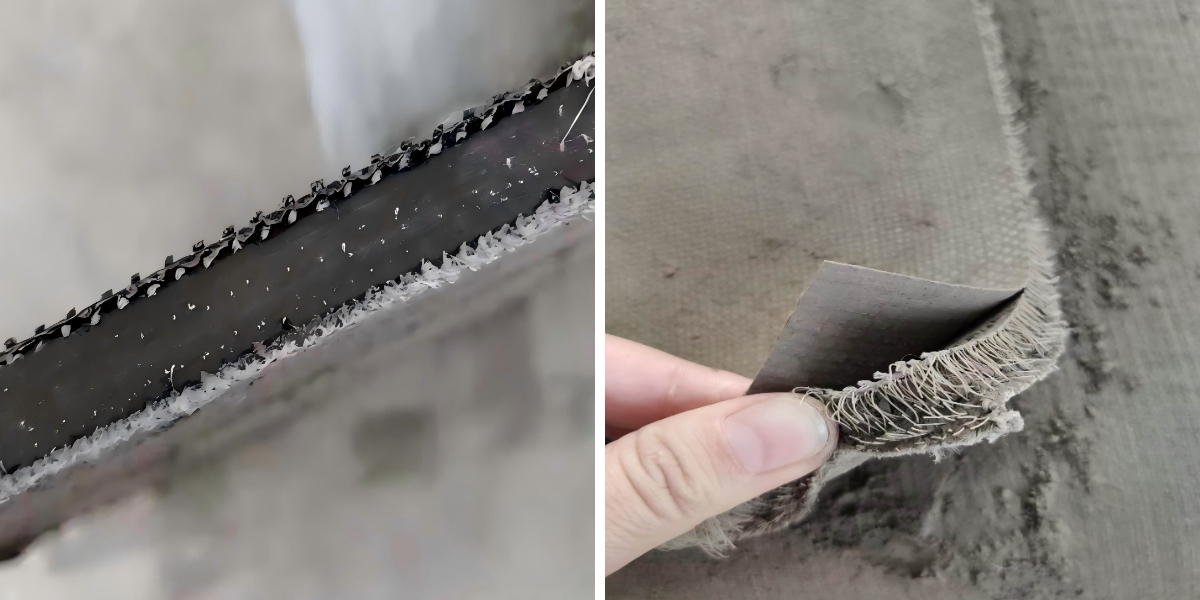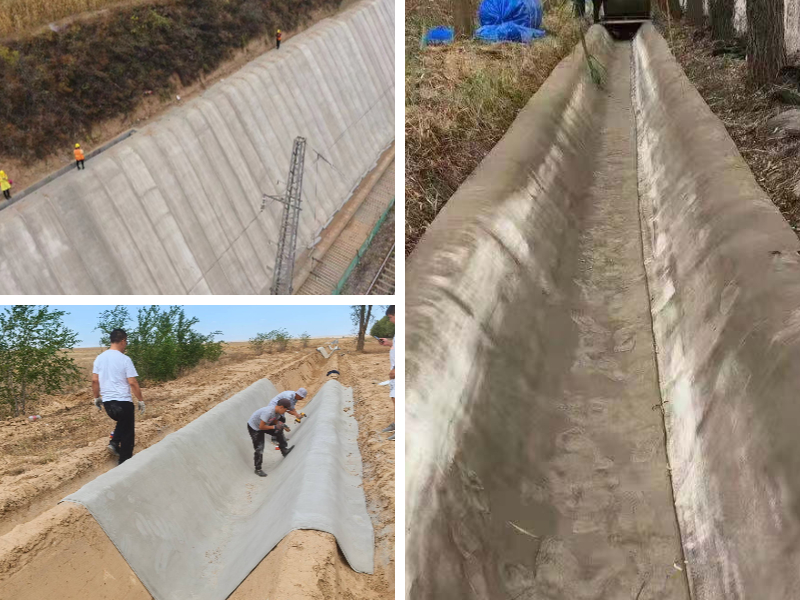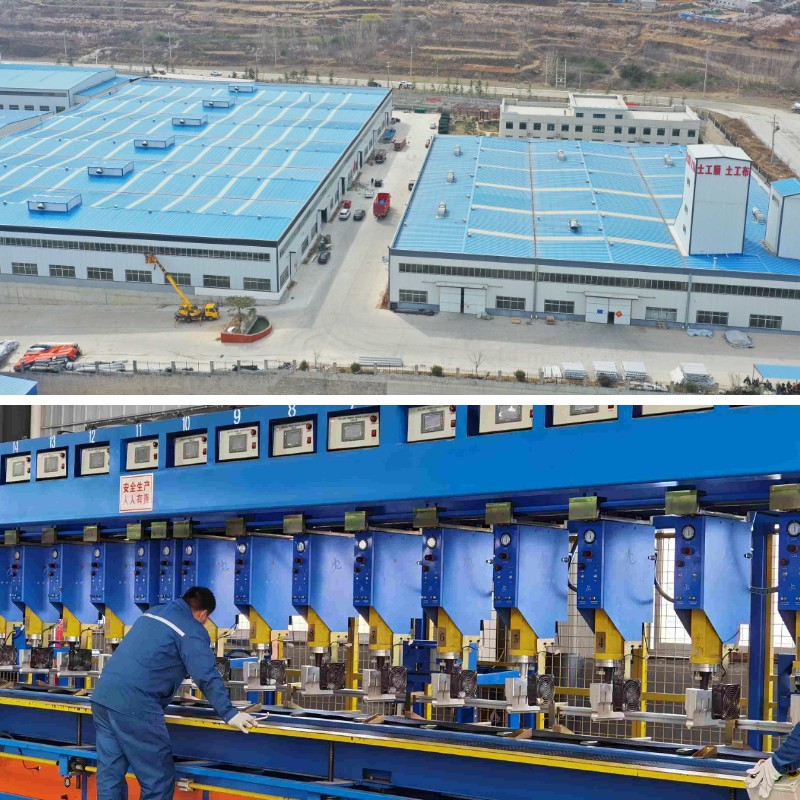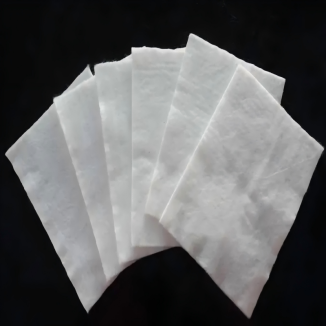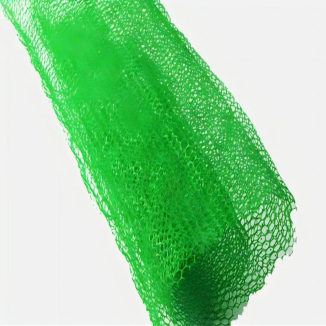Comparing Different Types of Cement Curing Blankets: Which One Fits Your Needs?
Cement curing blankets are indispensable for keeping finest moisture and temperature all through concrete curing, making sure power and durability. With a range of kinds available, deciding on the proper one relies upon on your project’s needs, environment, and budget. This information compares 4 key types, highlighting their features, uses, and how they stack up in phrases of cement blanket cost, performance, and versatility—including standout choices like Waterproof Concrete Canvas and Fast-Setting Concrete Cloth.
1. Traditional Cotton Cement Curing Blankets: Affordable and Breathable
Traditional cotton cement curing blankets are a basic choice, valued for their breathability and potential to maintain moisture. Made from herbal cotton fibers, they permit sluggish evaporation, maintaining concrete damp for the 7–14 day curing duration wished for power development.
Key Features:
Highly absorbent, keeping water to preserve regular moisture.
Biodegradable, making them eco-friendly for small-scale or residential projects.
Soft texture, decreasing the chance of scratching sparkling concrete surfaces.
Best For:
Mild climates with reasonable temperatures (50–80°F).
Residential tasks like driveways, patios, or sidewalks.
Budget-focused jobs: cement blanket value for cotton alternatives is commonly 0.50–1.50 per rectangular foot, making them the most lower priced choice.
Limitations:
Not waterproof—they grow to be heavy when moist and may also mildew in humid conditions.
Less long lasting than artificial alternatives; may additionally tear without difficulty on hard terrain.
Not perfect for bloodless weather, as they don’t insulate nicely towards freezing temperatures.
When to Avoid: Skip cotton blankets for tasks requiring long-term moisture manipulate or publicity to rain, the place Waterproof Concrete Canvas would be a higher fit.
2. Polyethylene (PE) Cement Curing Blankets: Durable and Water-Resistant
Polyethylene (PE) cement curing blankets are synthetic, designed for sturdiness and water resistance. Made from woven or non-woven PE fibers, they repel water whilst trapping moisture in the concrete—ideal for initiatives uncovered to rain or excessive humidity.
Key Features:
Waterproof surface, stopping rain from washing away moisture or detrimental clean concrete.
UV-resistant, keeping up in direct daylight besides degradation.
Reusable: With applicable care, they can be used for a couple of projects, offsetting their greater upfront cost.
Best For:
Outdoor industrial initiatives like parking lots, highways, or bridge decks.
Regions with regularly occurring rain or excessive humidity.
Projects desiring reasonable insulation: PE blankets add a skinny layer of warmth, defending in opposition to light frost.
PE blankets vary from1.20–3.00 per rectangular foot, greater than cotton however decrease than area of expertise selections like Waterproof Concrete Canvas. Their reusability makes them within your means over time for contractors coping with a couple of jobs.
How They Compare:
Unlike cotton, PE blankets pair properly with Fast-Setting Concrete Cloth in time-sensitive projects. The PE layer protects the fast-setting fabric from rain whilst the material speeds up curing—a combo beneficial for emergency repairs.
3. Waterproof Concrete Canvas: Heavy-Duty Protection for Wet Environments
Waterproof Concrete Canvas is a modern-day innovation, mixing a woven material core with a water-proof PVC coating and a cementitious layer. When hydrated, the cement layer hardens, growing a rigid, water resistant barrier that doubles as a curing blanket and long-term shielding cover.
Key Features:
100% waterproof, making it perfect for initiatives in wet climates or near water (e.g., dams, drainage ditches).
Insulative, defending concrete from severe temperature swings (below 32°F or above 90°F).
Tear-resistant, with a rugged plan that holds up on difficult terrain like development websites or industrial areas.
Best For:
Heavy-duty business or civil engineering projects: protecting walls, culverts, or waterfront structures.
Cold or moist climates the place water intrusion is a risk.
Projects wanting each curing and long-term protection: the canvas hardens into a long lasting shell, removing the want for post-curing sealing.
Cement Blanket Cost:
At 3.00–5.00 per square foot, Waterproof Concrete Canvas is pricier than cotton or PE, however its twin characteristic (curing + waterproofing) justifies the fee for high-stakes projects.
Standout Benefit:
Unlike typical blankets, it works seamlessly with Fast-Setting Concrete Cloth. When curing fast-setting materials, the water-proof layer prevents untimely drying, making sure the fabric units evenly and reaches full electricity in 24–48 hours.
4. Fast-Setting Concrete Cloth: Rapid Curing for Time-Sensitive Projects
Fast-Setting Concrete Cloth is a game-changer for initiatives wanting rapid turnaround. This flexible, fabric-backed fabric is embedded with fast-setting cement particles that harden in as little as 2–4 hours when water is applied—cutting curing time from weeks to days.
Key Features:
Rapid hydration: units tough adequate to stroll on inside hours, perfect for emergency repairs.
Flexibility: can be reduce to dimension and fashioned round curves, making it ideal for irregular surfaces like pipe wraps or slope stabilization.
High strength: reaches 2,500 psi in 24 hours, matching the electricity of common concrete in a fraction of the time.
Best For:
Emergency repairs: potholes, damaged curbs, or leaking pipes.
Construction deadlines: roadwork, utility trenches, or industrial flooring wanting speedy use.
Cold weather: its fast-setting formulation resists freezing higher than slow-curing concrete, with desirable insulation.
Cement Blanket Cost:
Priced at 4.00–6.00 per rectangular foot, Fast-Setting Concrete Cloth is the most high-priced option, however its time-saving advantages limit labor fees significantly. For example, a avenue restore that would take three days with standard strategies can be finished in 1 day, decreasing gear and crew expenses.
How to Use:
Lay the fabric over the organized surface, mist with water, and let it set. For superior results, cowl with a PE blanket to lock in moisture—this prevents speedy drying that may want to motive cracking. It pairs poorly with cotton blankets, as their sluggish evaporation can intrude with the fast-setting process.
Choosing the Right Blanket: A Quick Guide
Budget-focused, moderate climates: Traditional cotton blankets (0.50–1.50/sq ft) work best.
Rainy or industrial projects: PE blankets (1.20–3.00/sq ft) provide sturdiness and water resistance.
Wet, high-stakes environments: Waterproof Concrete Canvas (3.00–5.00/sq ft) offers curing + long-term protection.
Time-sensitive repairs: Fast-Setting Concrete Cloth (4.00–6.00/sq ft) cuts curing time drastically.
By matching the blanket kind to your project’s climate, timeline, and budget, you’ll make certain concrete treatment plans properly—maximizing energy and longevity. Whether you want affordability, speed, or waterproofing, there’s a cement curing blanket designed to match your needs.
Contact Us
Company Name: Shandong Chuangwei New Materials Co., LTD
Contact Person :Jaden Sylvan
Contact Number :+86 19305485668
WhatsApp:+86 19305485668
Enterprise Email: cggeosynthetics@gmail.com
Enterprise Address: Entrepreneurship Park, Dayue District, Tai 'an City,
Shandong Province


